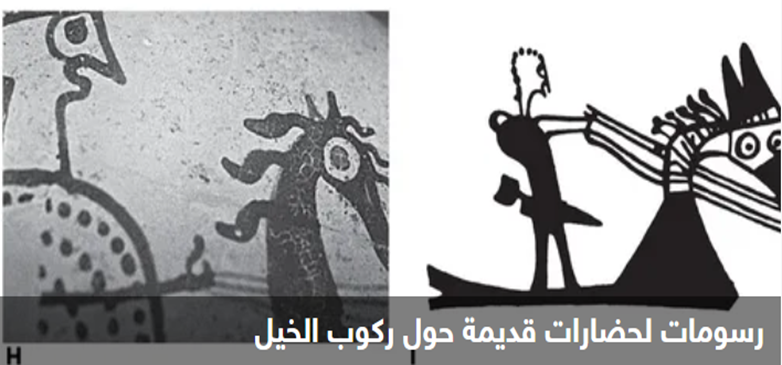Find the first evidence of horseback riding 5,000 years ago

Archaeologists have found the first direct evidence of horseback riding, in a history-changing discovery, in 5,000-year-old human skeletons in central Europe.
David Anthony, study co-author and archaeologist at Hartwick College, said: "When you get on a horse and it's fast, it's exciting. I'm sure ancient humans felt the same way. Riding a horse was as fast as humans could go before the invention of the railway."

Researchers analyzed more than 200 Bronze Age skeletal remains in museum collections in Bulgaria, Poland, Romania, Hungary and the Czech Republic, looking for signs of what co-author and University of Helsinki anthropologist Martin Trautmann calls "horse rider syndrome."
These are six signs that the person was likely riding an animal, including distinctive signs of wear in the pelvic cavities and thigh bones.

"You can read the bones like biographies ," said Trautmann, who has previously studied similar wear patterns in skeletons from later periods when horse riding was common and not new to the history record.
The researchers focused on human skeletons — more preserved than horse bones in burial sites and museums — and identified five possible horsemen who lived about 4,500 to 5,000 years ago and belonged to a Bronze Age people called the Yamnaya.

"There is previous evidence of horses being used and milked, but this is the closest direct evidence yet of horse riding ," said University of Exeter archaeologist Alan Outram, who was not involved in the research but praised it.
The study was published Friday in the journal Science Advances .
Source : sites Internet

